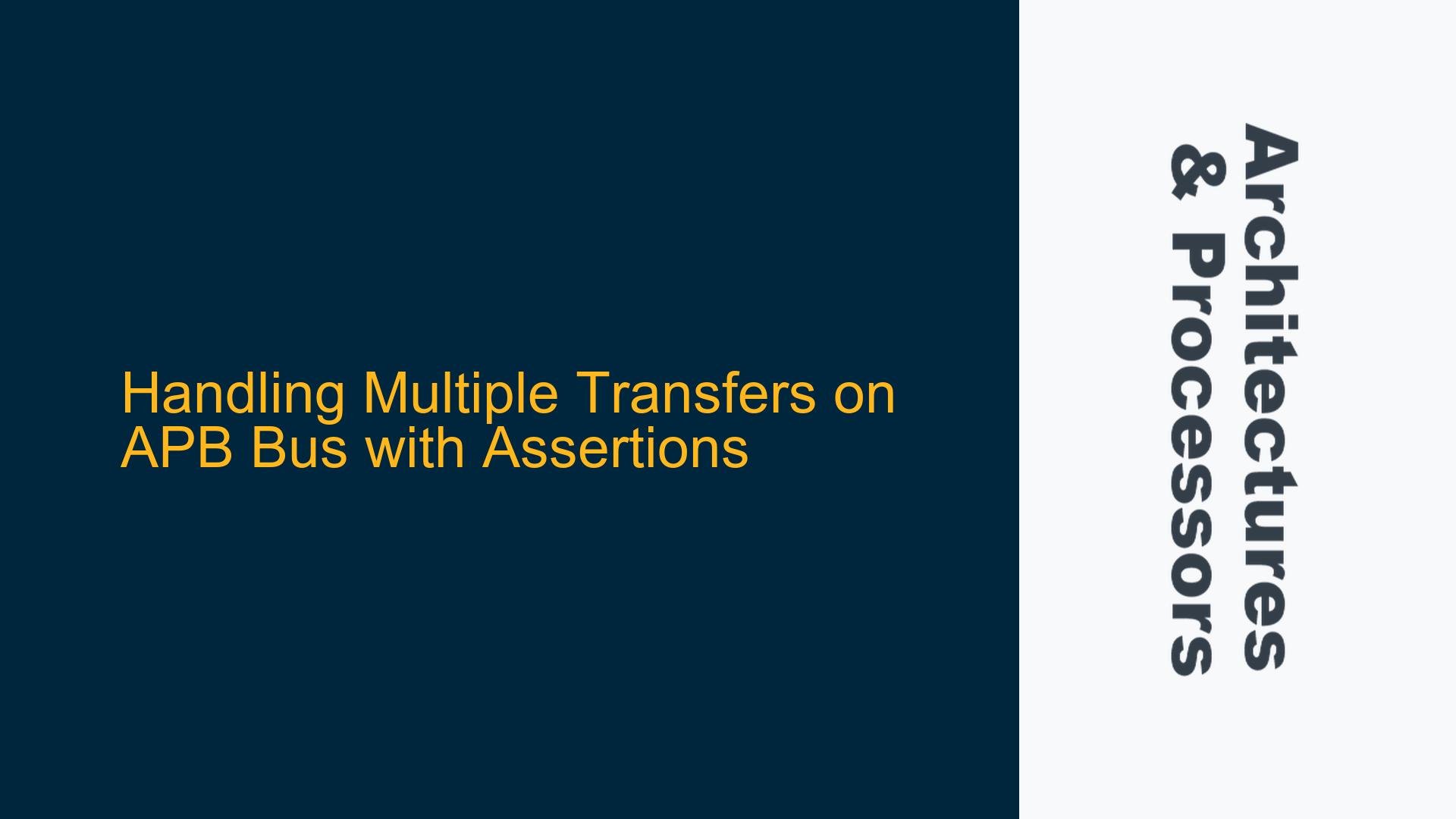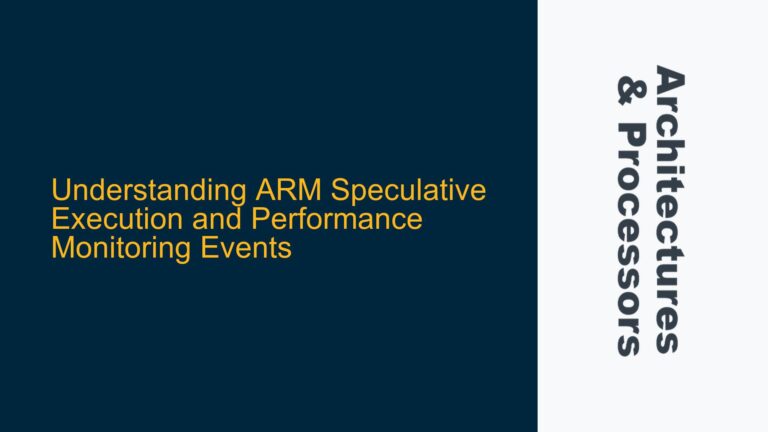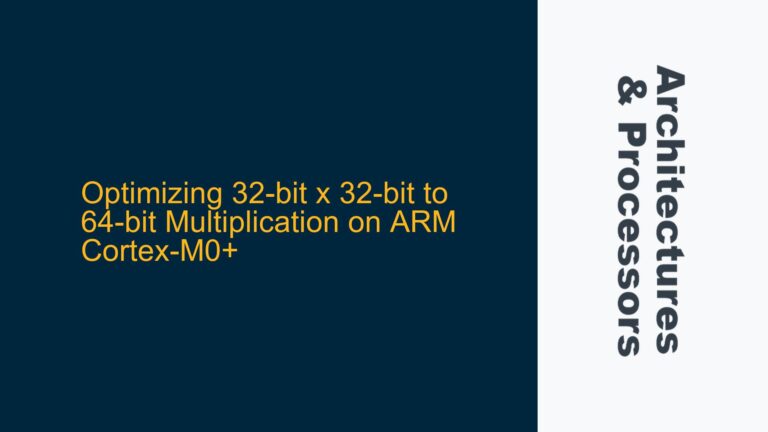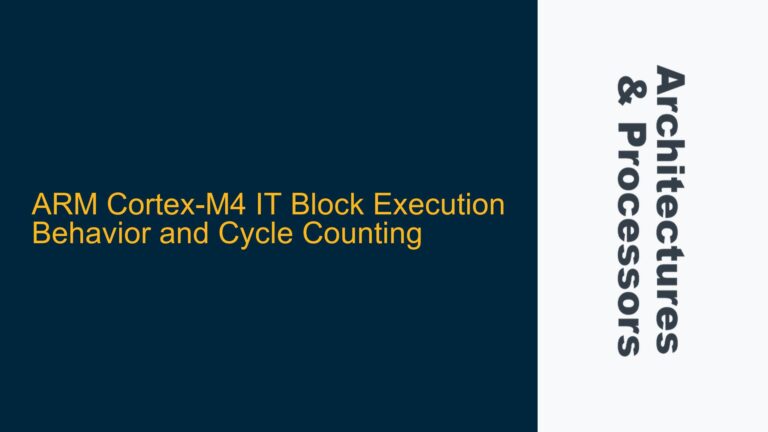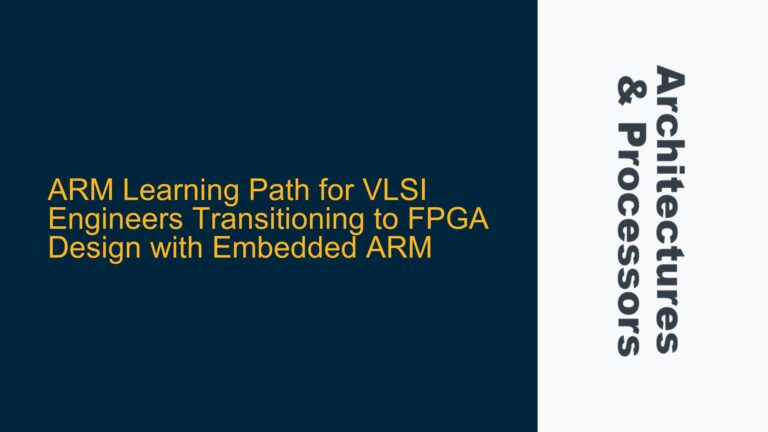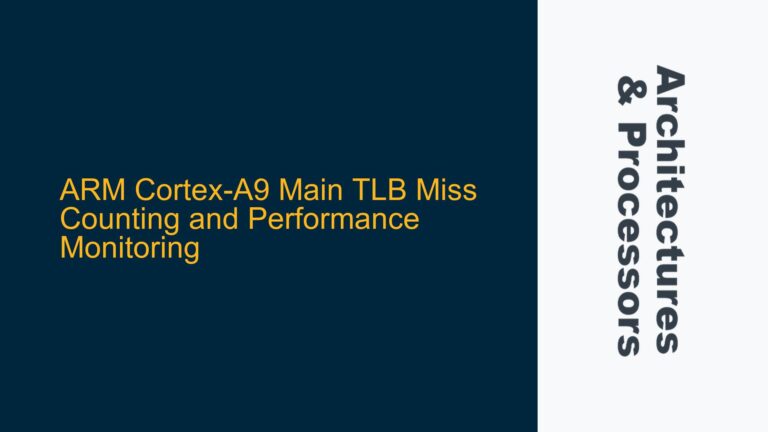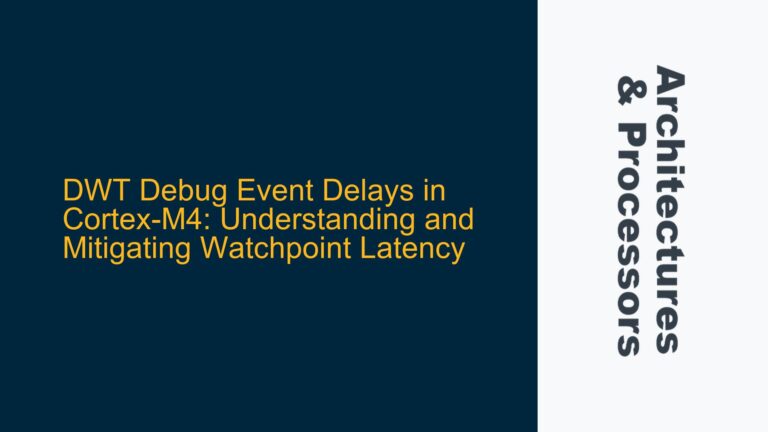APB Protocol Constraints and Multiple Transfer Scenarios
The Advanced Peripheral Bus (APB) is a part of the ARM AMBA protocol family, designed for low-power, low-complexity peripheral interfacing. Unlike AXI or AHB, APB does not support burst transfers. Each transfer on the APB bus is treated as an independent operation, and only one transfer can be active at any given time. This characteristic imposes specific constraints on how multiple transfers are handled, especially when dealing with a single slave.
In a typical APB transfer, the protocol defines three states: IDLE, SETUP, and ACCESS. The transition between these states is governed by the PSEL (Peripheral Select), PENABLE (Peripheral Enable), and PREADY (Peripheral Ready) signals. When a master initiates a transfer, it moves from the IDLE state to the SETUP state by asserting PSEL. The bus then transitions to the ACCESS state when PENABLE is asserted. The transfer completes when PREADY is asserted by the slave, after which the bus can return to the IDLE state or proceed directly to another SETUP state if PSEL remains high.
However, the APB protocol does not inherently support back-to-back transfers without returning to the IDLE state. This limitation can lead to confusion when attempting to handle multiple transfers to the same slave, especially when PSEL remains high between transfers. In such cases, the bus does not return to the IDLE state but instead moves directly from the ACCESS state of the first transfer to the SETUP state of the next transfer. This behavior can complicate the design of assertions, as the protocol’s state machine must be carefully monitored to ensure compliance.
PSEL and PENABLE Signal Timing During Back-to-Back Transfers
The core of the issue lies in the timing and behavior of the PSEL and PENABLE signals during back-to-back transfers. When the first transfer completes (indicated by PREADY being asserted), PSEL may remain high if the master intends to initiate another transfer to the same slave. In this scenario, PENABLE is de-asserted after the first transfer completes, but the bus does not return to the IDLE state. Instead, it remains in the SETUP state, ready for the next transfer.
This behavior can lead to potential issues if not handled correctly. For example, if the slave is not designed to handle back-to-back transfers, it may misinterpret the signals, leading to protocol violations. Additionally, the timing of PSEL and PENABLE must be carefully managed to ensure that the slave correctly identifies the start of each new transfer. If PSEL is not de-asserted between transfers, the slave may not recognize the transition from one transfer to the next, resulting in data corruption or missed transfers.
Furthermore, the APB protocol does not define a specific timing relationship between PSEL and PENABLE for back-to-back transfers. This lack of definition can lead to ambiguity in the design and verification process, making it challenging to create assertions that accurately capture the intended behavior. The absence of burst support in APB means that each transfer must be treated as an independent operation, even when they occur in rapid succession.
Designing Assertions for Back-to-Back APB Transfers
To address the challenges of handling multiple transfers on the APB bus, assertions must be designed to monitor the state transitions and signal timing accurately. The following steps outline a systematic approach to creating assertions for back-to-back APB transfers:
-
Monitor State Transitions: Assertions should track the state transitions of the APB protocol state machine (IDLE, SETUP, ACCESS). Specifically, the transition from the ACCESS state of one transfer to the SETUP state of the next transfer must be captured. This can be achieved by monitoring the PSEL and PENABLE signals and ensuring that they follow the expected sequence.
-
Validate Signal Timing: Assertions must verify that the timing of PSEL and PENABLE signals adheres to the APB protocol specifications. For back-to-back transfers, PSEL should remain high between transfers, while PENABLE should be de-asserted after the first transfer completes and re-asserted for the next transfer. The timing between these signals must be checked to ensure that the slave correctly identifies the start of each new transfer.
-
Check PREADY Behavior: The PREADY signal plays a critical role in determining when a transfer is complete. Assertions should verify that PREADY is asserted at the correct time and that it is de-asserted before the next transfer begins. This ensures that the slave has sufficient time to process each transfer and that the bus is ready for the next operation.
-
Handle Data Integrity: Since APB does not support burst transfers, each transfer must be treated as an independent operation. Assertions should ensure that the data being transferred is consistent and that no data corruption occurs during back-to-back transfers. This can be achieved by monitoring the PWDATA (write data) and PRDATA (read data) signals and verifying that they match the expected values at each stage of the transfer.
-
Simulate Corner Cases: To ensure robustness, assertions should be tested against corner cases, such as maximum back-to-back transfer rates, minimum timing intervals between transfers, and scenarios where the slave is slow to respond. These tests help identify potential issues that may not be apparent during normal operation.
By following these steps, assertions can be designed to accurately capture the behavior of back-to-back APB transfers, ensuring compliance with the protocol and preventing potential issues in the design. The use of SystemVerilog and UVM can further enhance the verification process, providing a comprehensive framework for testing and validating the APB bus behavior.
Example Assertions in SystemVerilog
To illustrate the implementation of assertions for back-to-back APB transfers, consider the following SystemVerilog code snippets:
// Assertion to monitor state transitions
property p_apb_state_transition;
@(posedge PCLK) disable iff (!PRESETn)
(PENABLE && PREADY) |=> (!PENABLE && PSEL);
endproperty
assert property (p_apb_state_transition)
else $error("APB state transition violation detected.");
// Assertion to validate PSEL and PENABLE timing
property p_apb_signal_timing;
@(posedge PCLK) disable iff (!PRESETn)
(PSEL && !PENABLE) |=> ##[1:2] (PSEL && PENABLE);
endproperty
assert property (p_apb_signal_timing)
else $error("APB signal timing violation detected.");
// Assertion to check PREADY behavior
property p_apb_pready_behavior;
@(posedge PCLK) disable iff (!PRESETn)
(PENABLE && PREADY) |=> (!PENABLE);
endproperty
assert property (p_apb_pready_behavior)
else $error("APB PREADY behavior violation detected.");
// Assertion to handle data integrity
property p_apb_data_integrity;
@(posedge PCLK) disable iff (!PRESETn)
(PENABLE && PREADY) |=> (PWDATA == expected_data);
endproperty
assert property (p_apb_data_integrity)
else $error("APB data integrity violation detected.");
These assertions provide a foundation for verifying the behavior of back-to-back APB transfers. They can be further refined and expanded to address specific design requirements and corner cases, ensuring comprehensive coverage of the APB protocol.
Conclusion
Handling multiple transfers on the APB bus requires a deep understanding of the protocol’s constraints and careful design of assertions to monitor state transitions, signal timing, and data integrity. By systematically analyzing the behavior of PSEL, PENABLE, and PREADY signals, and implementing robust assertions in SystemVerilog, designers and verification engineers can ensure compliance with the APB protocol and prevent potential issues in their designs. The use of UVM and simulation environments further enhances the verification process, providing a comprehensive framework for testing and validating APB bus behavior under various conditions.
